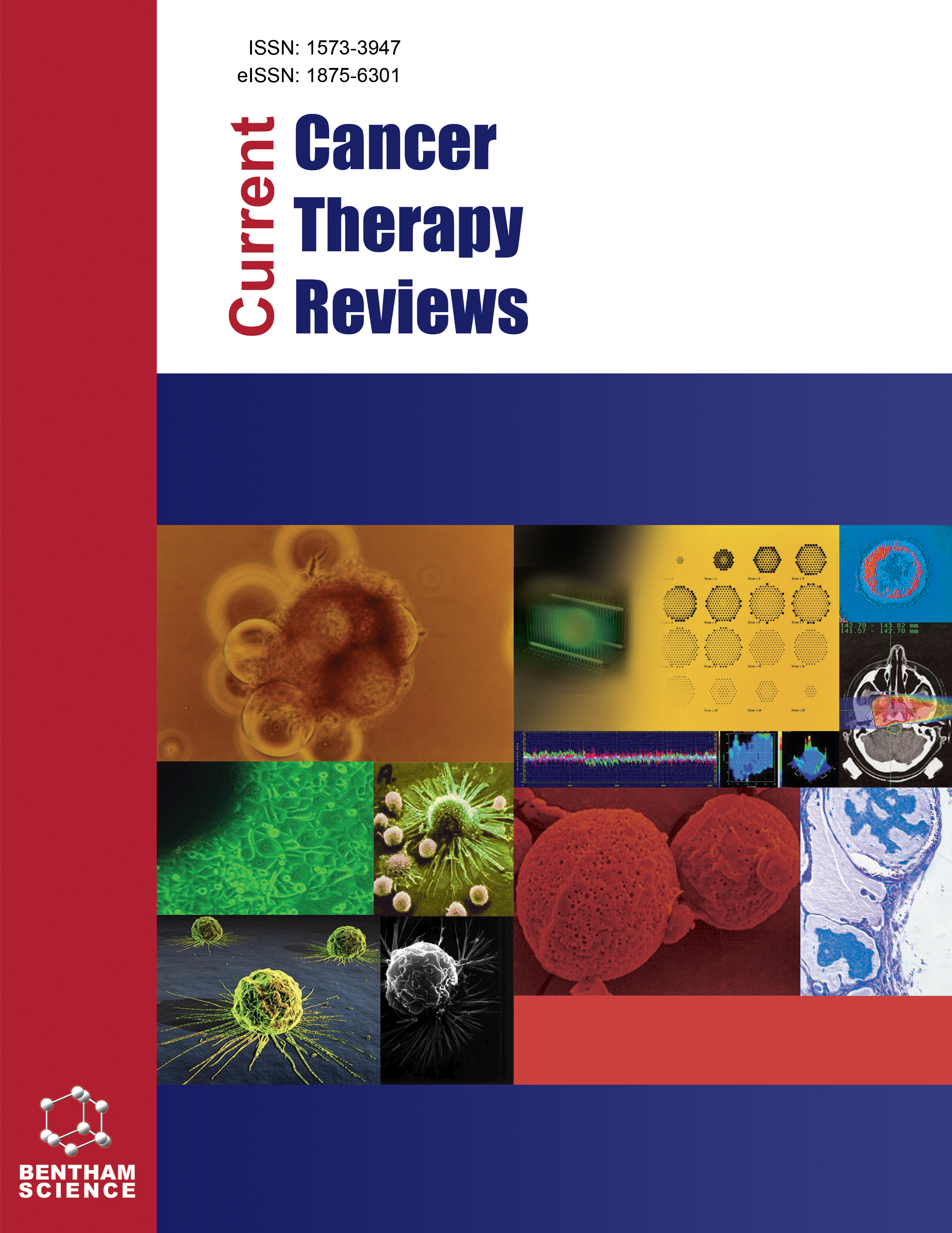
Full text loading...
We use cookies to track usage and preferences.I Understand
Breast cancer poses a significant global health challenge, and if current trends persist, the burden of breast cancer is projected to escalate, yielding over 3 million new cases and 1 million fatalities annually by the year 2040. Breast cancer is a highly heterogeneous disease, presenting a spectrum of subtypes, each characterized by unique clinical behaviors and responses to treatments. Understanding these breast cancer subtypes is of paramount importance in the fields of oncology and personalized medicine. In addition to conventional breast cancer treatments, such as surgery, chemotherapy, radiotherapy, hormonal therapy, and immunotherapy, recent scientific advancements have introduced a range of genetic engineering tools with noteworthy potential. Zinc finger nucleases (ZFNs), transcription activator-like effector nucleases (TALENs), clustered regularly interspaced short palindromic repeats (CRISPR), and small interfering RNA (siRNA) have emerged as promising components of breast cancer treatment. These tools offer encouraging applications due to their precision in targeting and manipulating genes. This review presents a comprehensive exploration of the various subtypes of breast cancer, along with an examination of the current promising genetic engineering tools in treating breast cancer. It sheds light on their roles in the evolving landscape of breast cancer treatment.

Article metrics loading...

Full text loading...
References


